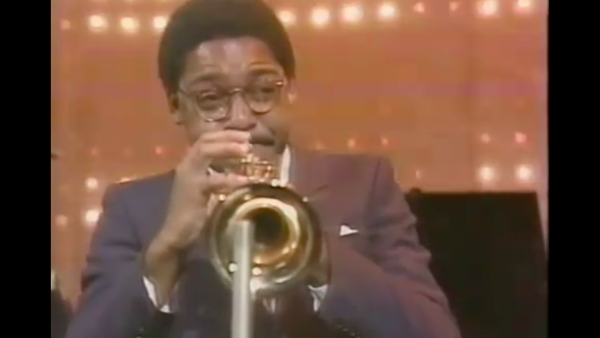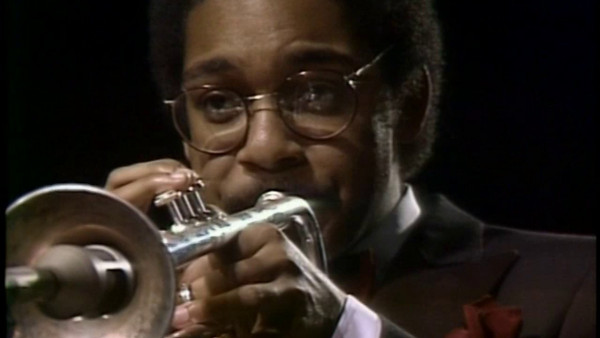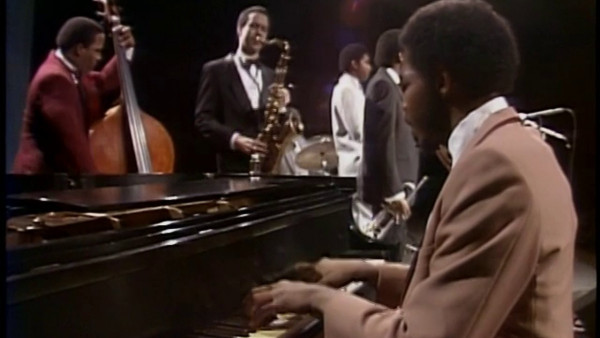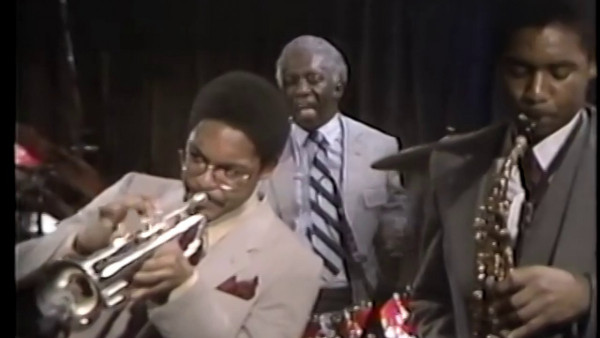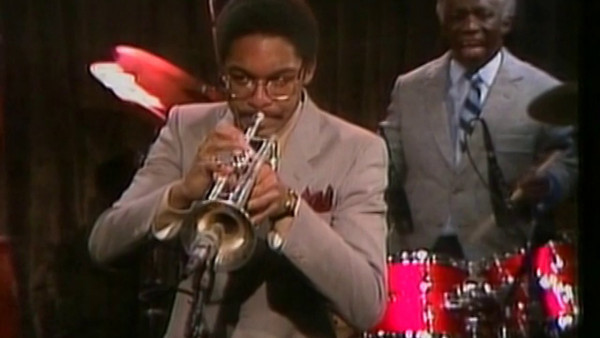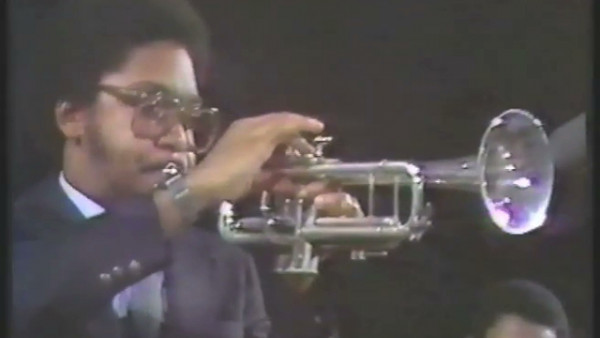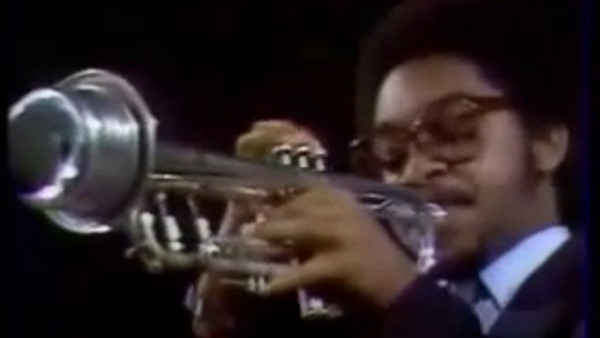Paying Tribute to a Master With His Own Hard Music
The drummer Art Blakey, who died in 1990, ushered Wynton Marsalis into a contender’s position in the jazz world, bringing him into the dynastic Jazz Messengers group at the age of 17 in 1979. So when Mr. Marsalis and the Lincoln Center Jazz Orchestra paid tribute to Blakey at Alice Tully Hall on Friday night, there was bound to be more sentiment than in the usual jazz repertory concert.
But the sentiment only got so far; there was too much music to play. At one point, between numbers, Mr. Marsalis uttered a stream of unconnected pronouncements. (’‘Music washes away the dust of everyday life from your feet,’‘ ‘‘Come back and bring your rich friends,’‘ and so on.) He was trying to recall the things Blakey often said to audiences from the bandstand.
The players around him — the saxophonists Bill Pierce and Bobby Watson, the pianist James Williams, the bassist Charles Fambrough, all of them members of that same early-80’s band who had reunited for the show — kept coming up with more. It seemed that this could go on for a while. So Mr. Marsalis called for ‘‘Moanin’ ‘’ — one of the tough, obdurate little tunes Blakey made famous in the late 1950’s — and the sentiment went away.
The set of small-group tunes in the concert’s first half were well chosen, spanning 40 years in jazz, and most of them incorporating forthright themes and catchy harmonized passages. Hard bop — the subgenre Blakey dominated — has a reputation for simplicity, but among these tunes was Benny Golson’s mysterious ‘‘Along Came Betty,’‘ which changes keys in every measure. (These pieces only sound simple because they’re so durable.) The writers of the tunes in Blakey’s band book — Mr. Golson, Cedar Walton, Frank Foster, Curtis Fuller (who joined the group on trombone), Wayne Shorter — were among the great talents of their generation.
Blakey himself, the most powerful and possibly most swinging drummer in all of postwar jazz, can’t be easy to represent, but Ralph Peterson manning the drums worked beautifully to suggest that power. These tunes have drastic changes in dynamics written into them; Mr. Peterson went from playing so thunderously to so softly that you could hear the echo of his fills and press rolls in the acoustic space after the music ebbed.
The second half, with the Lincoln Center Jazz Orchestra and Herlin Riley on drums, was given over to well-handled, large-ensemble interpretations. Mr. Marsalis’s arrangement of Mr. Shorter’s ‘‘Free For All’‘ drew out lines between four trumpets and three trombones; his original piece ‘‘Bu’s Moods’‘ was full of soft, intelligent writing; Mr. Watson conducted his harmony-rich piece ‘‘Wheel Within a Wheel,’‘ an example of the broad range of music that Blakey’s band played.
The evening’s final piece was the most exciting, a version of Hank Mobley’s ‘‘Hank’s Symphony,’‘ originally written as a tom-tom-heavy soloing feature for Blakey, with the evening’s two drummers playing side by side. Taking turns in different styles — Mr. Peterson booming, Mr. Riley insinuating — and then playing in lock-step rhythm, the drummers created their own sideshow, and made tremendously exciting music.
by Ben Ratliff
Source: New York Times

